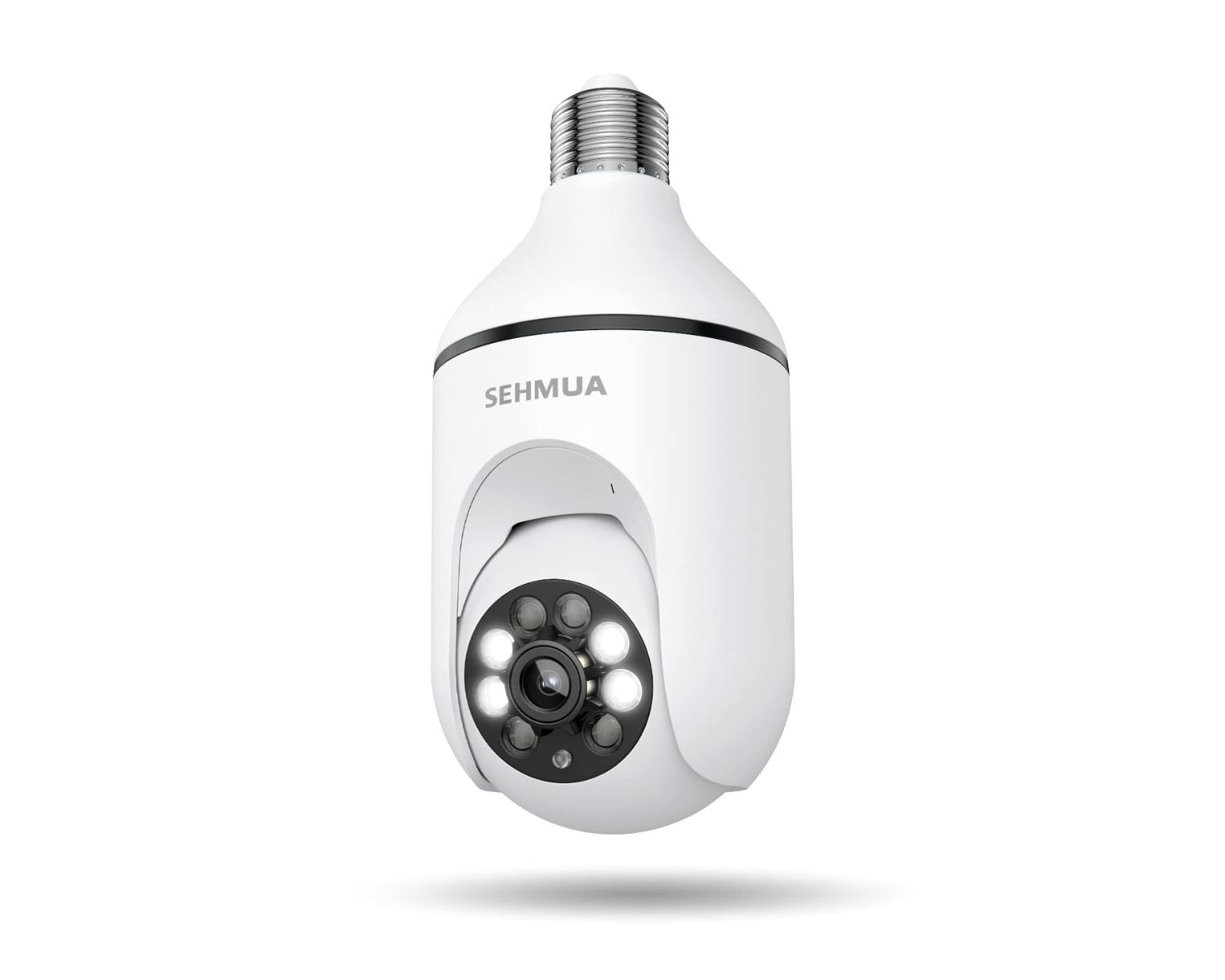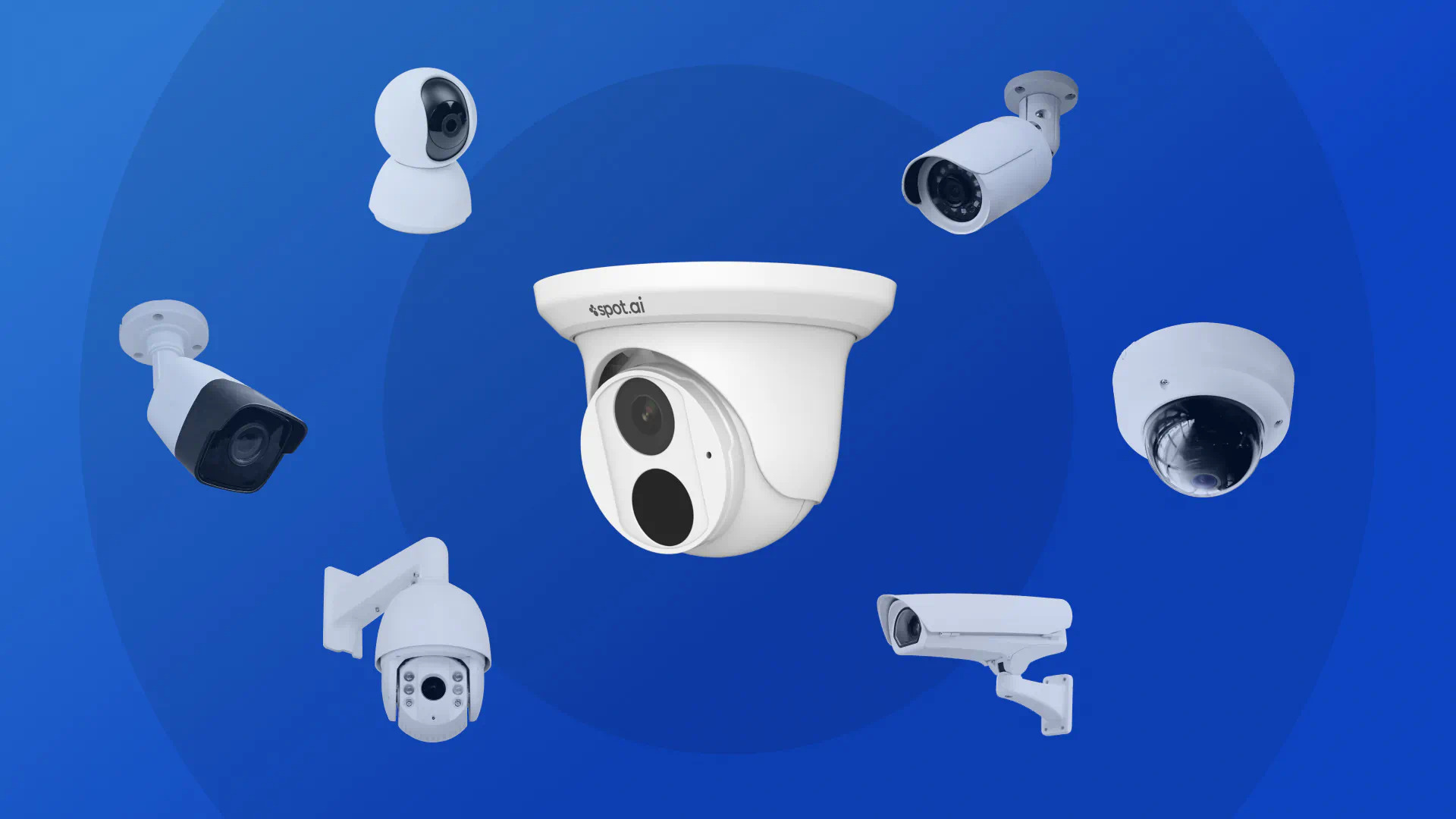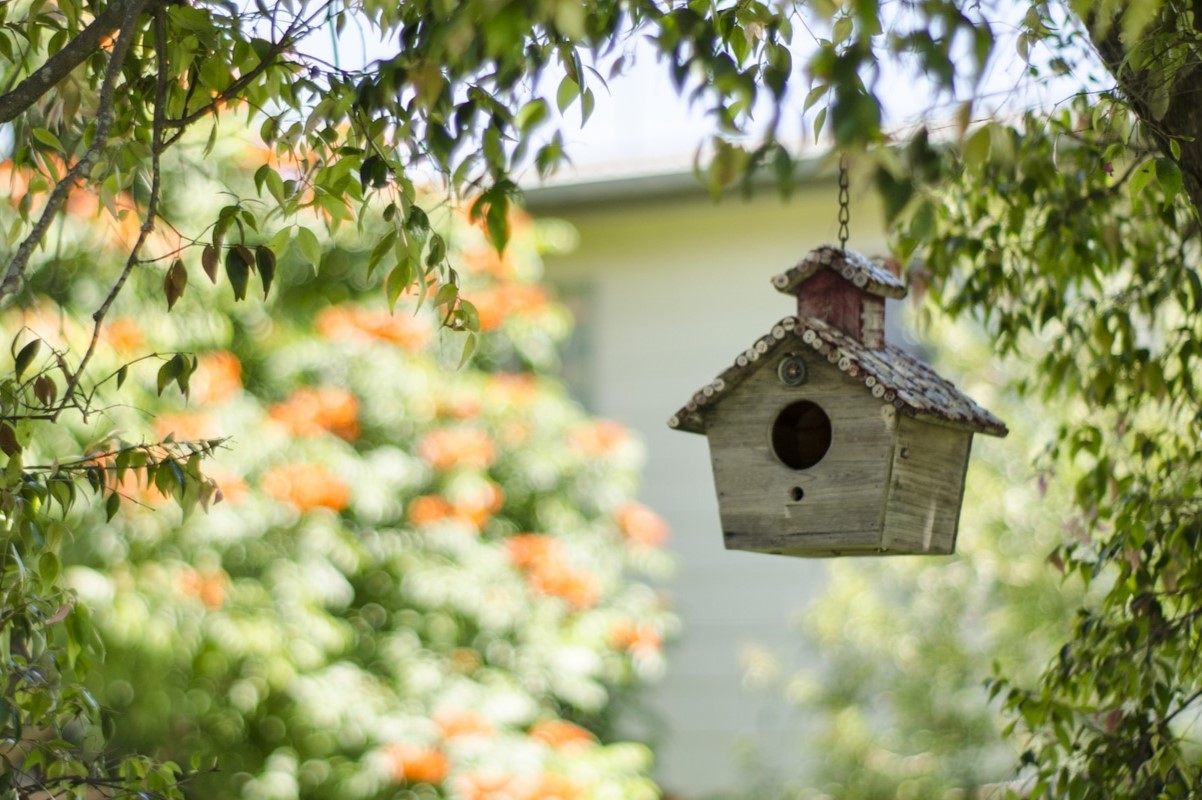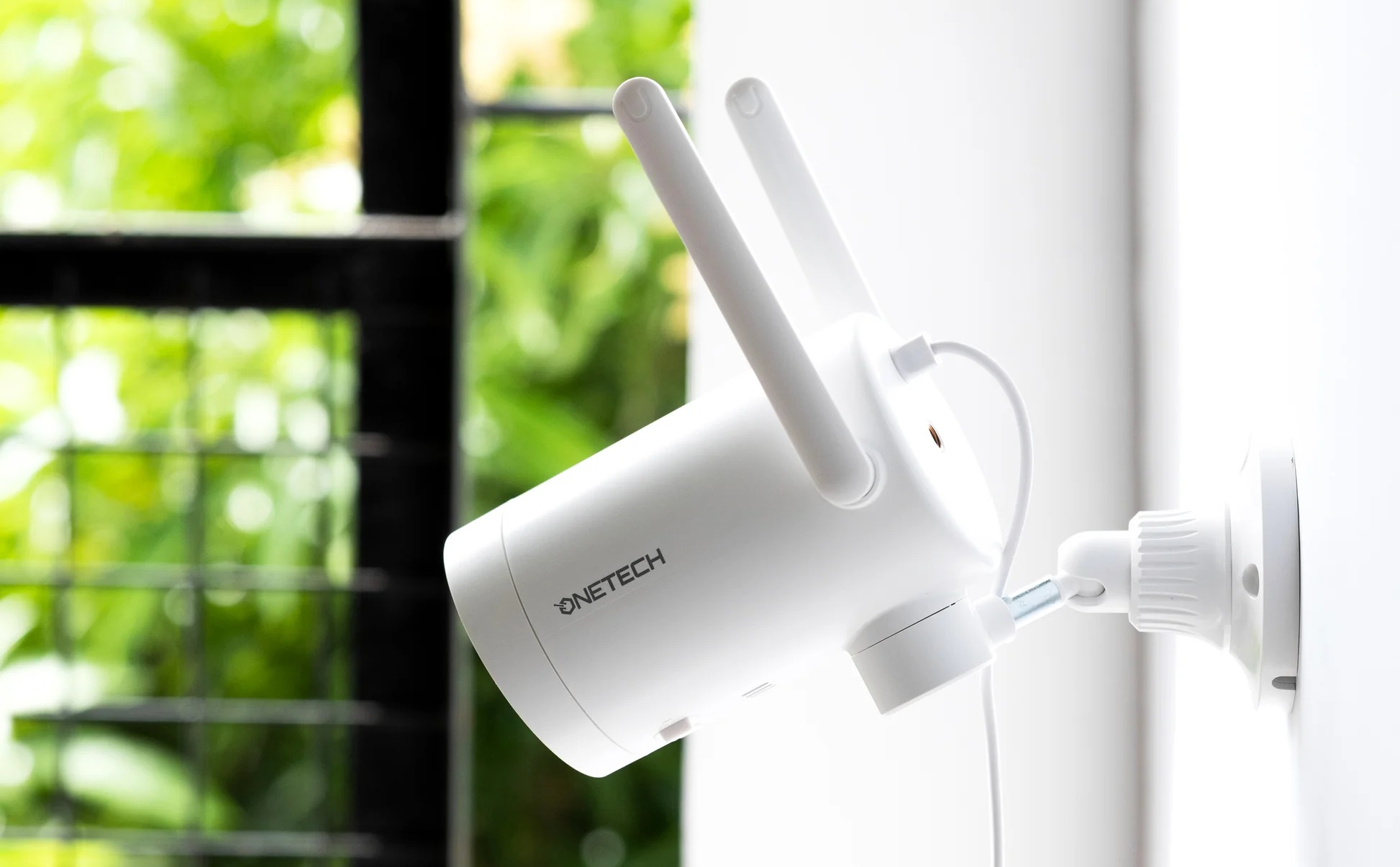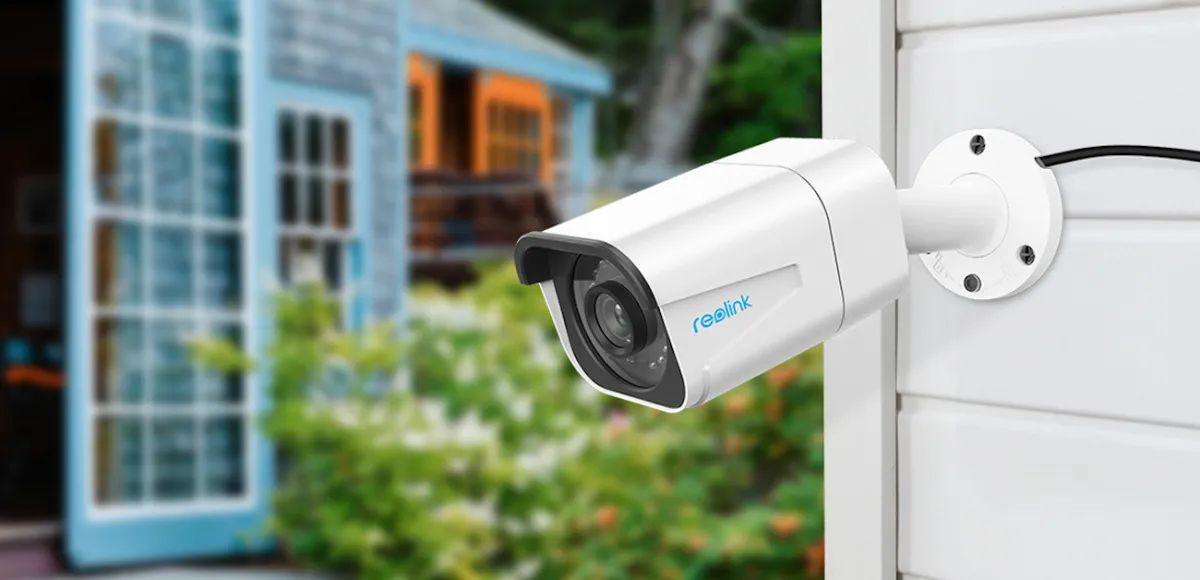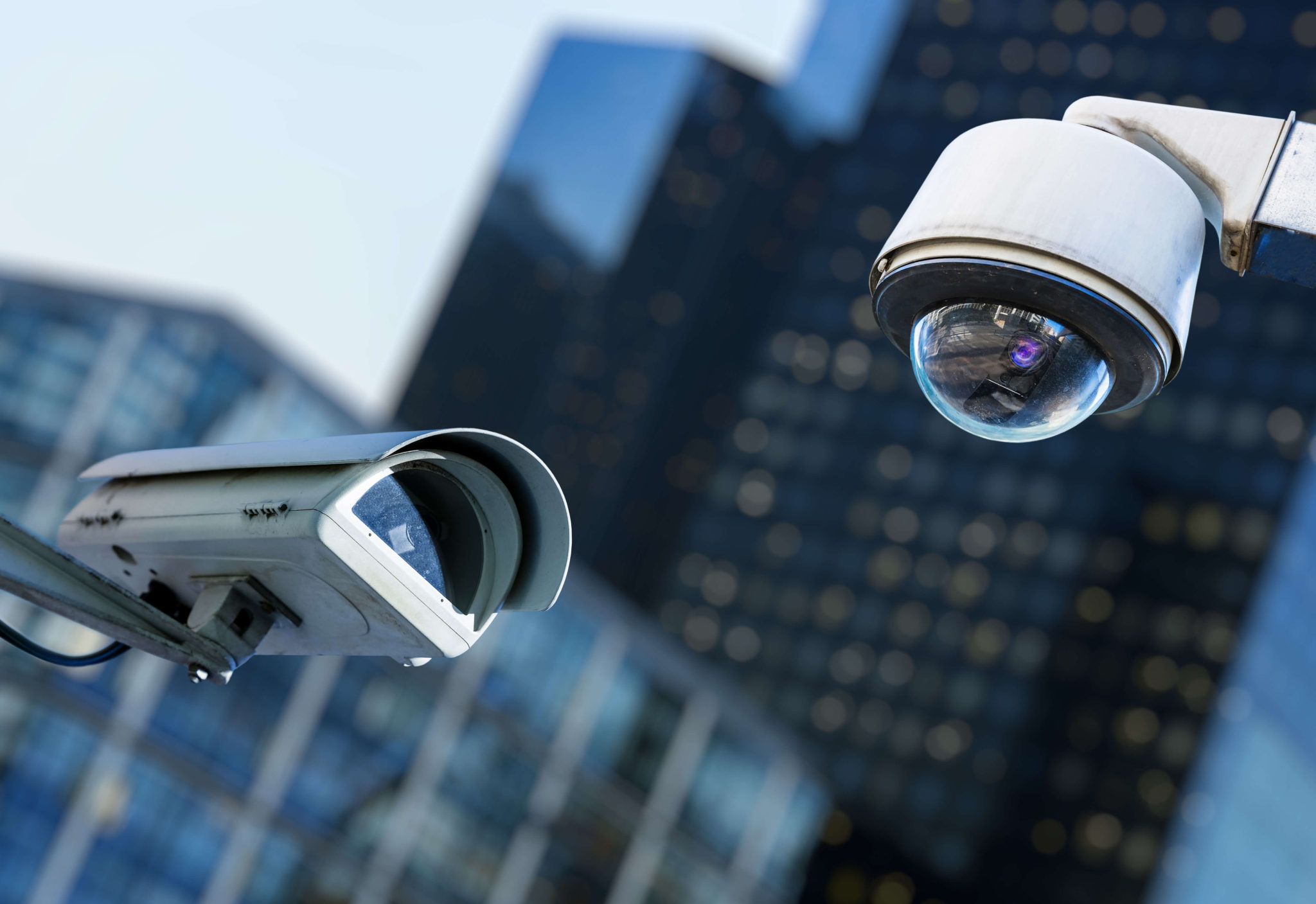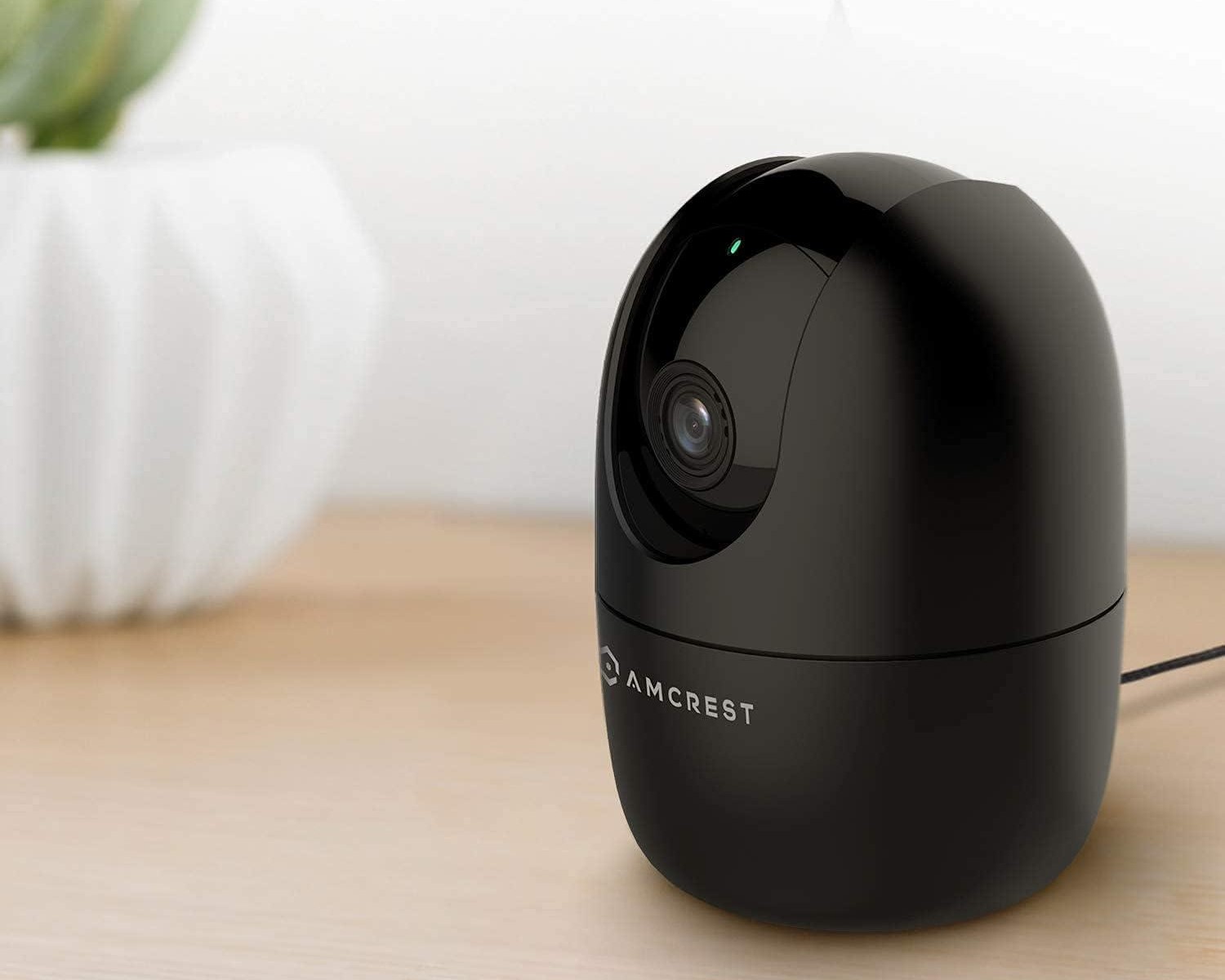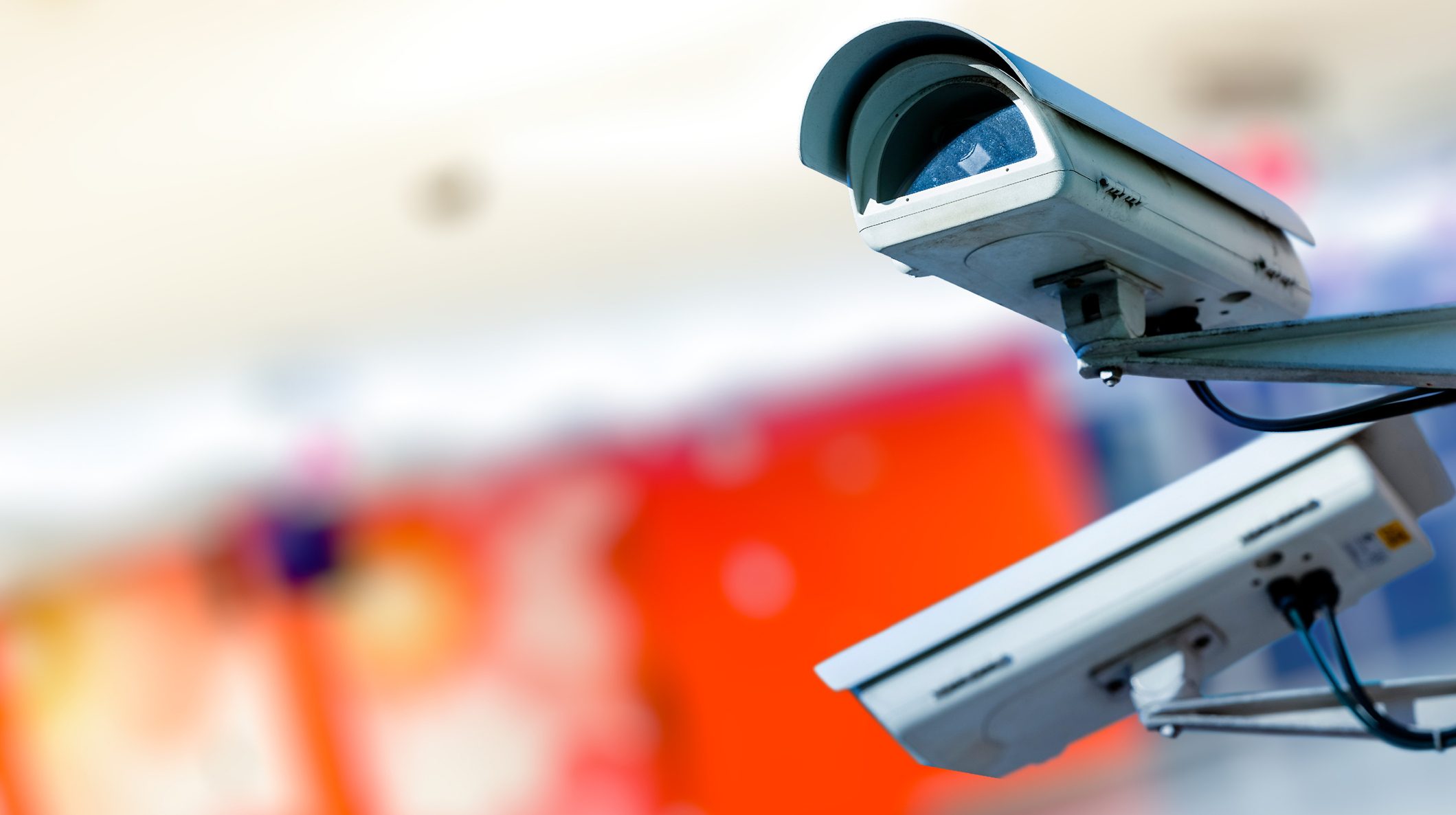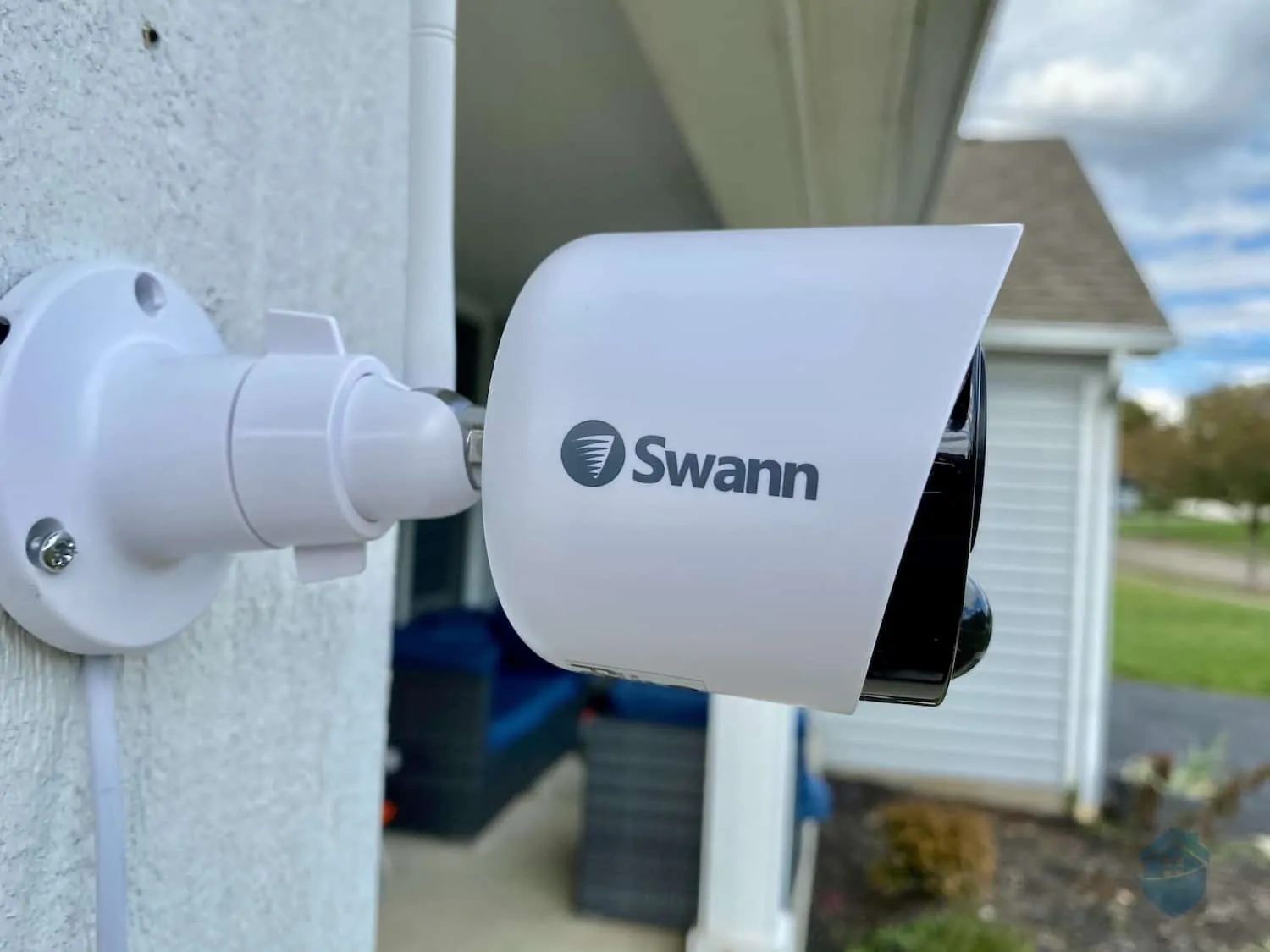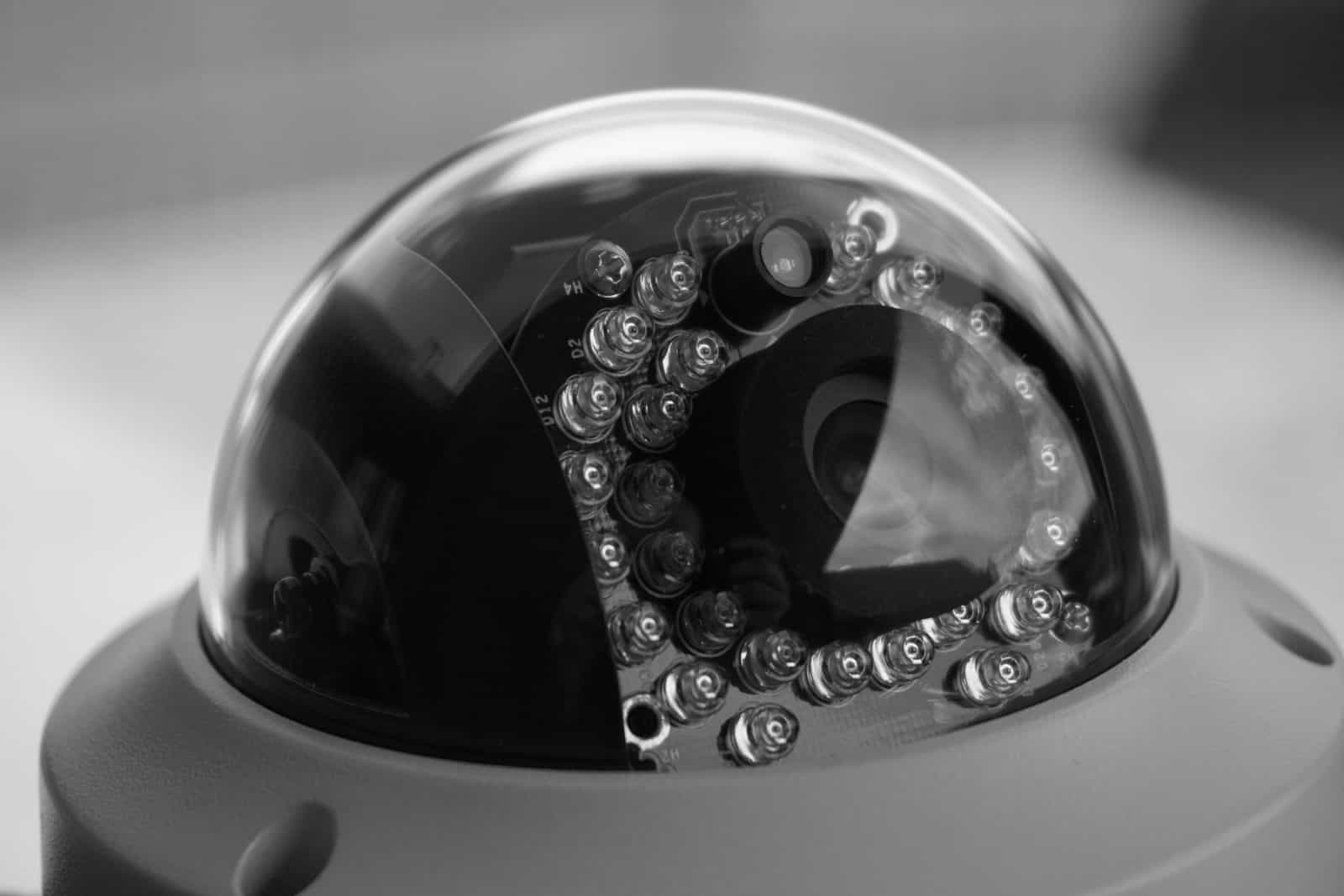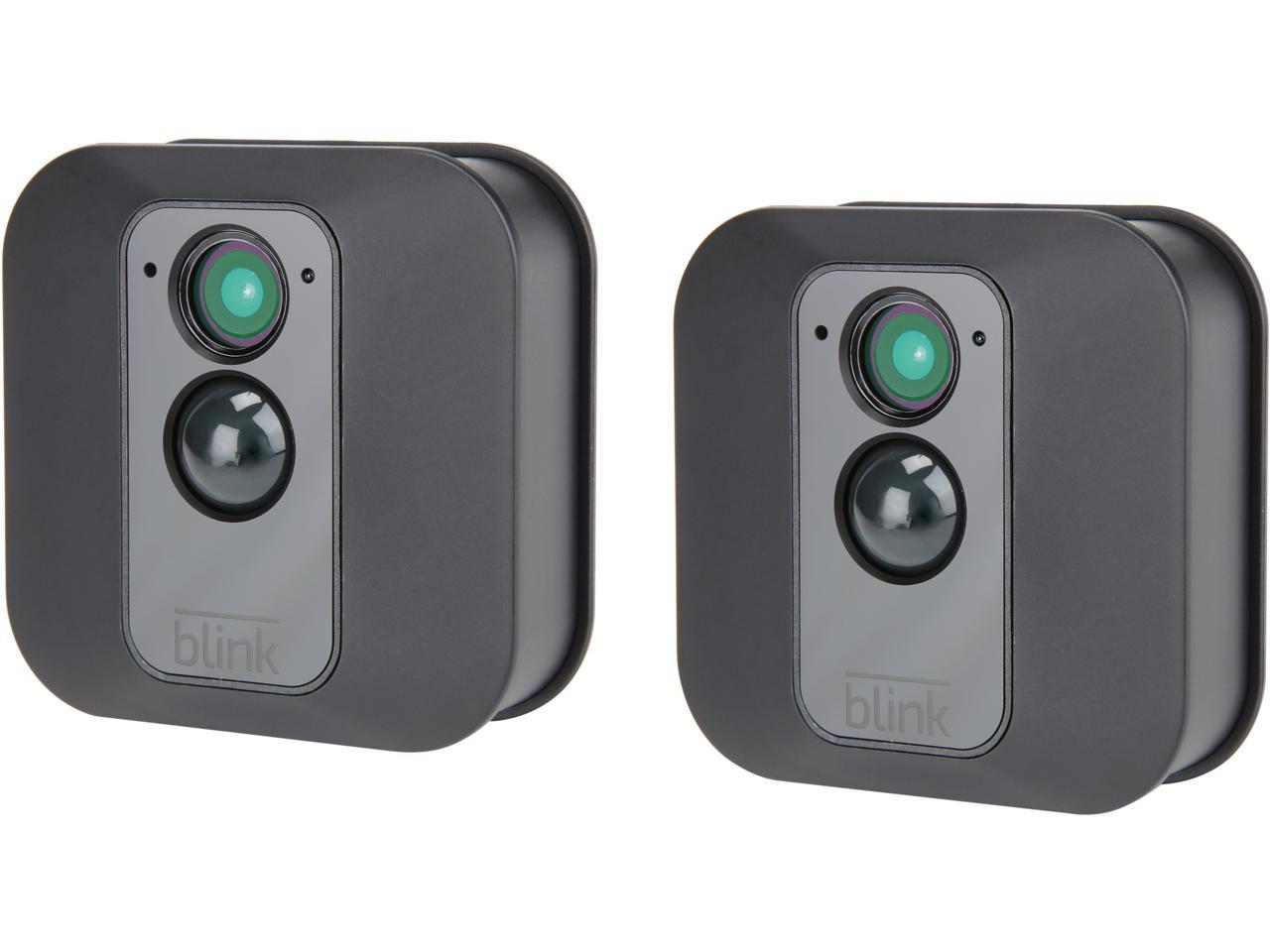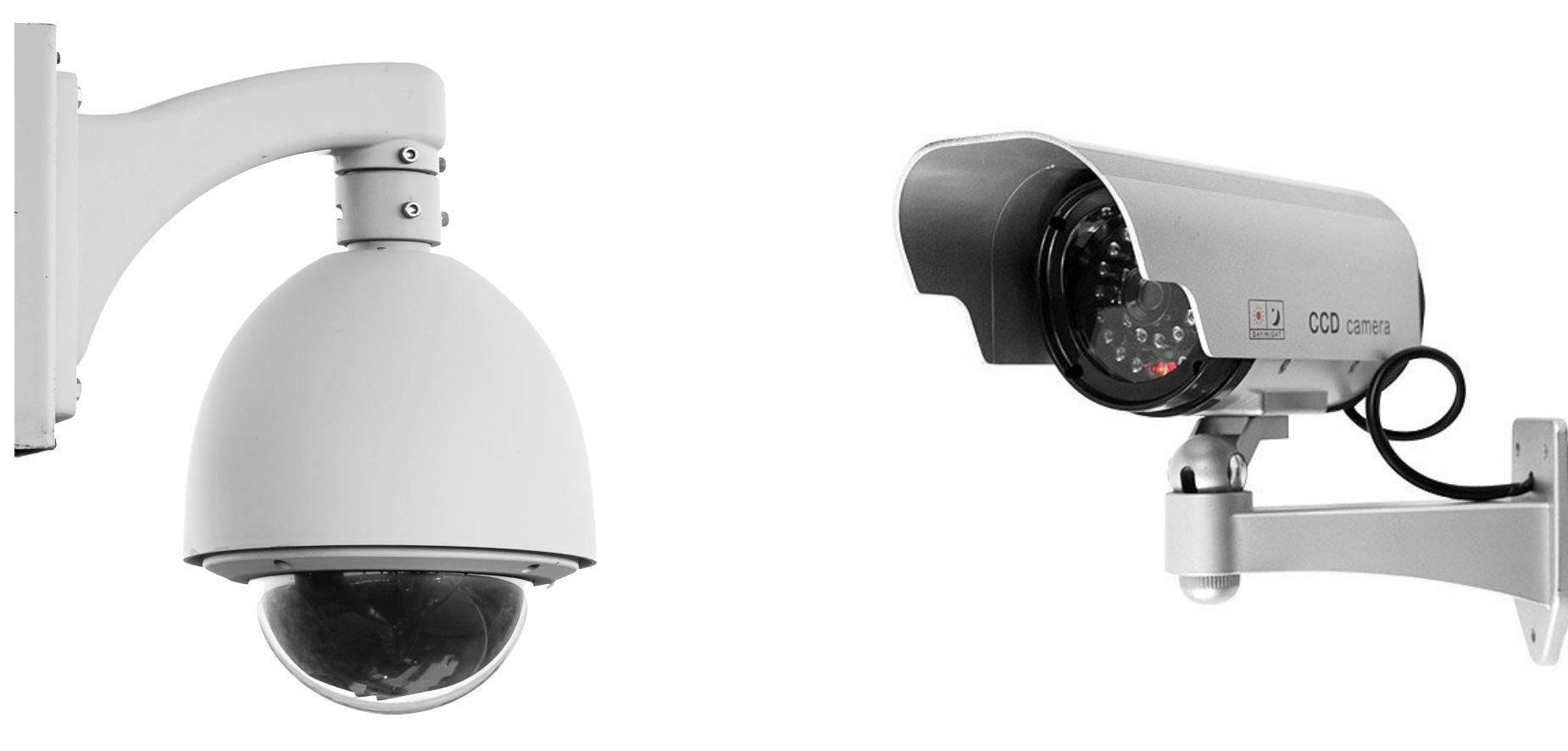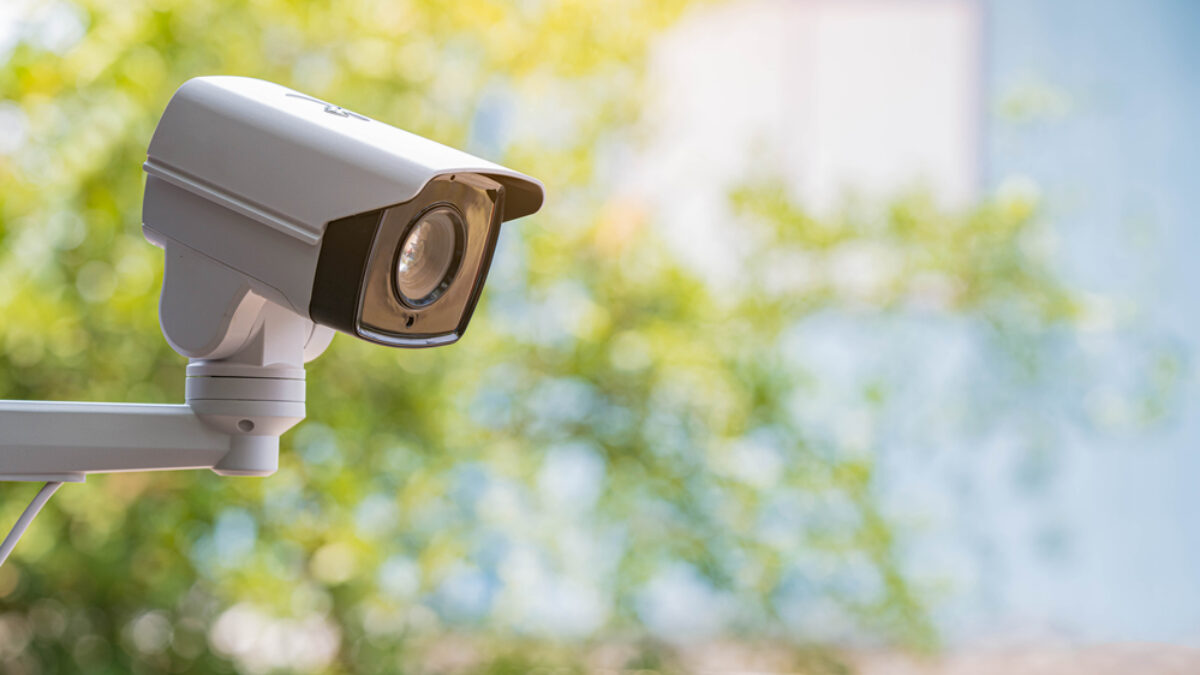Home>Home Security and Surveillance>How To Detect A Security Camera
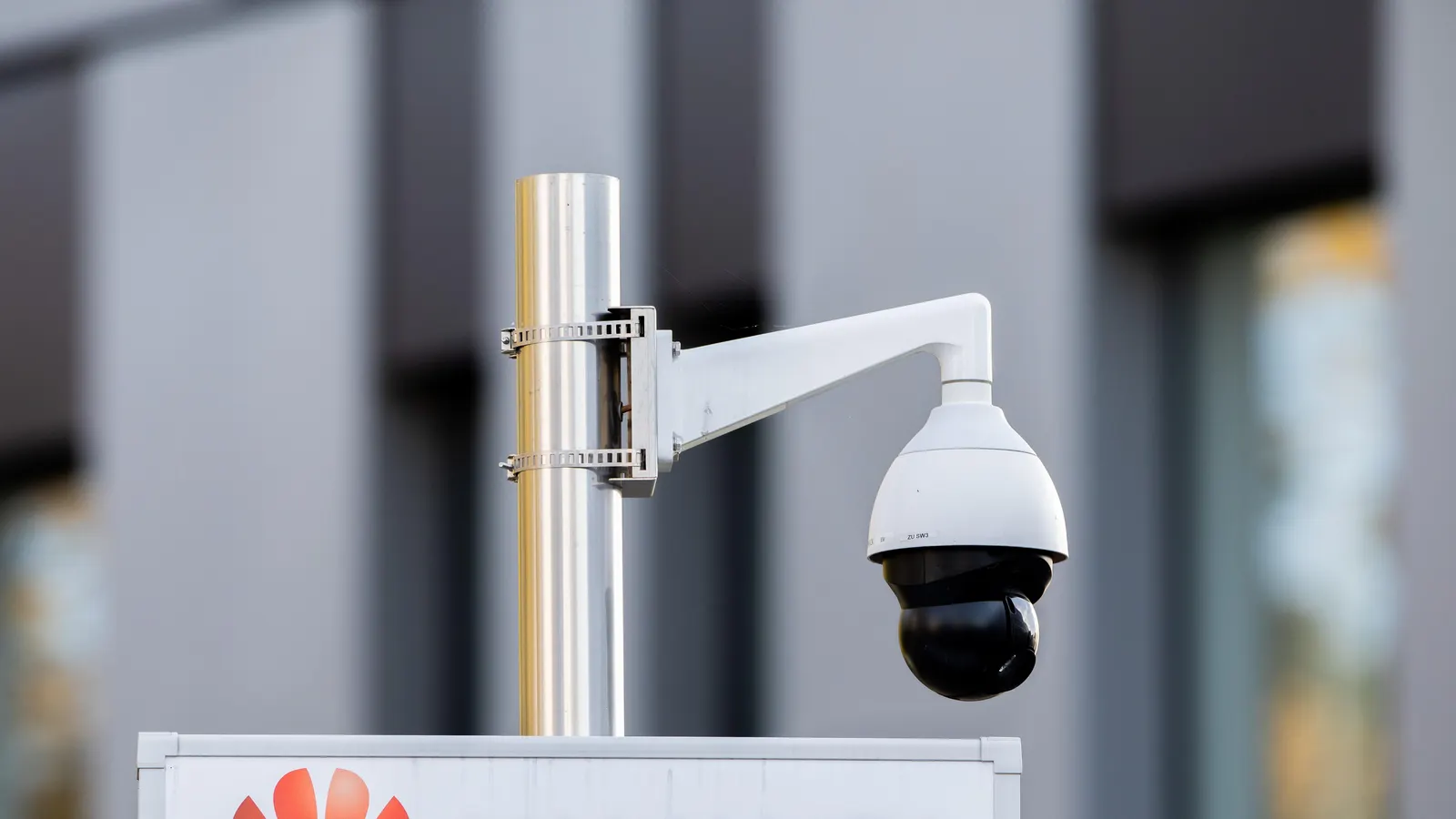

Home Security and Surveillance
How To Detect A Security Camera
Modified: March 6, 2024
Learn how to detect a security camera in your home with our comprehensive guide on home security and surveillance. Protect your privacy and ensure your safety.
(Many of the links in this article redirect to a specific reviewed product. Your purchase of these products through affiliate links helps to generate commission for Storables.com, at no extra cost. Learn more)
Introduction
Welcome to the world of home security and surveillance. In this day and age, it is crucial to prioritize the safety of our homes and loved ones. And one of the most effective ways to do so is by installing a reliable security camera system.
Security cameras not only act as a deterrent for potential intruders but also provide valuable evidence in the event of a break-in or any suspicious activity. However, sometimes you may find yourself wondering if there are security cameras in places where you don’t expect them or if someone is infringing on your privacy with hidden cameras.
In this comprehensive guide, we will explore different types of security cameras, learn how to detect physical indicators of a security camera, uncover signs of hidden cameras, and discuss methods for detecting wireless cameras. Additionally, we will delve into using technology for detection and provide some helpful tips for detecting security cameras.
So, whether you’re concerned about your privacy, suspect someone may be monitoring your activities, or simply want to know how to identify security cameras in public places, this article is for you.
Key Takeaways:
- Stay vigilant and observant to detect security cameras by looking for physical indicators like camera lenses, wires, LED lights, and unusual objects. Use technology and professional help if needed to ensure privacy and safety.
- Understanding the types of security cameras and signs of hidden cameras can help you protect your personal space. Be cautious, use detection methods responsibly, and respect privacy laws.
Types of Security Cameras
When it comes to home security and surveillance, there are various types of security cameras available in the market. Each type has its own unique features and benefits. Let’s take a closer look at the most common types:
- Indoor cameras: As the name suggests, indoor cameras are designed for monitoring the interior of your home. They are typically smaller in size and can be mounted on walls or placed on shelves. Indoor cameras are perfect for keeping an eye on your living room, entryway, or other areas inside the house.
- Outdoor cameras: Outdoor cameras are specifically built to withstand harsh weather conditions and provide surveillance for the exterior of your home. These cameras are rugged, weatherproof, and often equipped with night vision capabilities. The presence of outdoor cameras can be a strong deterrent for potential intruders.
- Wireless cameras: Wireless cameras offer the flexibility of being able to be placed anywhere within range of a Wi-Fi network. They eliminate the need for messy and complex wiring installations. With advancements in technology, wireless cameras now provide high-definition video quality and can be accessed remotely through a smartphone or computer.
- Wired cameras: Unlike wireless cameras, wired cameras require a physical connection to a power source and a recording device, such as a DVR (Digital Video Recorder) or NVR (Network Video Recorder). They are generally more reliable and offer a constant power supply and uninterrupted video feed. However, the installation process for wired cameras can be more time-consuming and may require professional assistance.
- PTZ (Pan-Tilt-Zoom) cameras: PTZ cameras are motorized cameras that can rotate horizontally and vertically and provide zoom functionality. They are often used in larger outdoor areas and can be controlled remotely to capture specific points of interest. PTZ cameras are ideal for monitoring wide areas, such as parking lots or large yards.
- Hidden cameras: Hidden cameras, also known as spy cameras or nanny cams, are designed to be discreet and blend seamlessly into the environment. They can be disguised as everyday objects such as clocks, smoke detectors, or even teddy bears. Hidden cameras are commonly used for covert surveillance purposes and can be useful in monitoring caregivers or detecting unauthorized activities.
Each type of camera offers its own advantages depending on your specific needs and the areas you want to monitor. Consider the location, weather conditions, connectivity options, and desired features when choosing a security camera system for your home.
Physical Indicators of a Security Camera
When it comes to detecting a security camera, one of the first steps is to look for physical indicators. While security cameras can be cleverly concealed, there are several visible signs that can help you identify their presence. Here are some common physical indicators to look out for:
- Camera lenses: The most obvious indicator is the camera lens itself. Look for small, rounded lenses that protrude from the object or surface. In most cases, the lens will be dark or black and may have a shiny or reflective surface. Check for any unusual or out-of-place objects that might contain a hidden camera.
- Wires and cables: Some security cameras, especially wired ones, require cables for power and data transmission. Look for visible wires leading to electrical outlets or other devices. Pay attention to areas where wires seem to be routed in an unusual or hidden manner, as this could be an indication of a hidden camera.
- LED lights: Many security cameras have small LED lights that indicate their operational status. These lights may be visible even in low-light conditions. Look for any blinking or steady lights that could potentially be camera indicators.
- Motion sensors: Some security cameras are equipped with motion sensors that activate the camera when they detect movement. Keep an eye out for small, cylindrical or rectangular devices that could be motion sensors. These sensors are often placed strategically to cover a specific area.
- Camera housings: Security cameras are often enclosed in weatherproof housings to protect them from outdoor elements. Look for small boxes or domes mounted on walls, ceilings, or other surfaces. These housings may have ventilation holes or transparent openings for the camera lens.
It’s important to note that some security cameras may blend in seamlessly with their surroundings or be disguised as other objects, making them harder to detect. However, by carefully inspecting your environment and paying attention to these physical indicators, you can increase your chances of identifying the presence of a security camera.
If you suspect the presence of a security camera but are unable to locate it visually, there are other methods and technologies available for detection, which we will discuss later in this article.
Signs of Hidden Cameras
Hidden cameras, as the name suggests, are designed to be discreet and go unnoticed. They are often used for covert surveillance or to invade someone’s privacy. While hidden cameras can be challenging to detect, there are some signs that may indicate their presence. Here are some common signs to look out for:
- Unusual objects or devices: Keep an eye out for objects or devices that seem out of place or unnecessary for their surroundings. Hidden cameras can be disguised as everyday objects such as clocks, picture frames, smoke detectors, or even electrical outlets. Look for anything that seems odd or doesn’t belong in the environment.
- Irregular reflections: Hidden cameras often have camera lenses that reflect light differently than ordinary objects. Pay attention to any unusual reflections or glimmers coming from objects in the room or areas where cameras could potentially be hidden.
- Infrared emitters: Many hidden cameras have built-in infrared (IR) emitters that are used for night vision. These IR emitters emit a faint red glow that can be visible in low-light conditions. Check for any faint red lights or glow coming from objects or areas where a hidden camera may be present.
- Unusual sounds or vibrations: Some hidden cameras may emit faint buzzing or clicking sounds that can be indicative of their presence. If you notice any unusual sounds or vibrations in a certain area, it could be worth investigating further.
- Disrupted Wi-Fi signals: Wireless hidden cameras rely on Wi-Fi connectivity to transmit data. If you experience sudden drops or disruptions in your Wi-Fi signal within a specific area, it could be a sign that there is a hidden camera in close proximity that is interfering with the signal.
It’s important to note that hidden cameras can be incredibly small and well-hidden, making them difficult to detect even with these signs. If you strongly suspect the presence of a hidden camera and want to confirm it, there are advanced methods and technologies available for detection, which we will explore in the next sections.
Remember, it is essential to respect privacy laws and only use hidden camera detection methods for legitimate purposes within the boundaries of the law.
Look for small, dark domes or boxes on ceilings or walls. Also, watch for small, blinking lights. These are common signs of security cameras.
Detecting Wireless Cameras
Wireless security cameras, with their convenience and ease of installation, have become increasingly popular. However, their wireless nature can make them harder to detect compared to their wired counterparts. Here are some methods you can use to detect wireless cameras:
- Wi-Fi network scan: Perform a scan of the Wi-Fi networks in your area using a Wi-Fi analyzer app or software on your smartphone or computer. Look for any unfamiliar or suspicious networks that could potentially be associated with a hidden wireless camera. Keep in mind that this method only works if the wireless camera is connected to a Wi-Fi network.
- Radio frequency (RF) detector: RF detectors are portable devices specially designed to detect wireless signals. They can detect the frequencies that wireless cameras use to transmit data. By sweeping the detector around the area you suspect has a wireless camera, you can detect any radio frequency signals that may indicate the presence of a hidden camera.
- Wireless camera app: Some apps are designed to help detect wireless cameras by utilizing the camera on your smartphone. These apps use infrared technology to identify hidden cameras by detecting the reflection of infrared light emitted by the camera. Simply launch the app and scan the area with your smartphone’s camera to see if any hidden cameras are detected.
- Signal strength meter: A signal strength meter can be used to identify areas with strong wireless signals. Move around the room or the area you suspect contains a wireless camera and monitor the signal strength. Sudden spikes in signal strength could indicate the presence of a wireless camera.
It is essential to note that wireless cameras can have different transmission ranges, and their signals may be affected by barriers and interference. Therefore, it is recommended to perform multiple scans from different locations within the area you suspect may contain a wireless camera for more accurate results.
If you suspect the presence of a wireless camera but are unable to detect it using the methods mentioned above, it is advisable to seek professional assistance from a reputable security company or a qualified technician who can use more advanced equipment for detection.
Remember, always follow the privacy laws in your jurisdiction when detecting wireless cameras and ensure that you are within your legal rights when taking appropriate action based on your findings.
Read more: How To Detect A Night Vision Camera
Using Technology for Detection
As technology continues to advance, so do the methods and tools available for detecting security cameras. Here are some technology-driven approaches you can use to enhance your detection capabilities:
- Infrared (IR) detectors: Infrared detectors can be used to detect the presence of hidden cameras with infrared capabilities. These detectors work by sensing the infrared emissions from the camera. By scanning the area with an infrared detector, you can identify any hidden cameras that rely on infrared technology for night vision or other purposes.
- Camera lens detectors: Camera lens detectors are specialized devices that can detect the reflection of camera lenses. They emit a light that reflects differently when it encounters the lens of a camera. By shining the detector’s light around the room or suspected areas, you can identify hidden cameras based on the reflection.
- Wireless signal analyzers: Wireless signal analyzers are more advanced tools that can scan for wireless signals in a specific frequency range. These analyzers can detect the radio frequency signals emitted by wireless cameras, allowing you to pinpoint their location. They provide more accurate results compared to a simple Wi-Fi network scan.
- Thermal imaging cameras: Thermal imaging cameras are capable of detecting heat signatures. They can be effective in identifying hidden cameras as the electronic components inside the camera produce heat. By using a thermal imaging camera, you can scan the area and look for any abnormal heat patterns that could indicate the presence of a hidden camera.
- Smartphone apps: There are various smartphone apps available that claim to detect hidden cameras using the device’s built-in sensors, such as the camera and magnetometer. These apps use algorithms to analyze light reflections and magnetic fields to identify hidden cameras. While the accuracy of these apps may vary, they can provide an additional layer of detection when used with caution.
Using technology for detection can significantly enhance your ability to find hidden or disguised security cameras. However, it is important to note that the effectiveness of these methods may vary, and false positives or negatives can occur. Therefore, it’s advisable to use multiple detection techniques and consult professionals if you require definitive results.
Remember that the legality of using these technologies may vary in different jurisdictions, and it is essential to use them responsibly and within the boundaries of the law while respecting privacy rights.
Tips for Detecting Security Cameras
While utilizing various methods and technologies can help you detect security cameras, here are some additional tips that can enhance your detection capabilities:
- Do a thorough visual inspection: Take the time to carefully inspect the area or room you suspect may have security cameras. Look for any physical indicators mentioned earlier, such as camera lenses, wires, LED lights, or unusual objects. Pay attention to details and be diligent in your search.
- Use a flashlight: A flashlight can assist you in illuminating dark corners or areas that may be difficult to see. It can help you spot hidden cameras by reflecting their lenses or revealing hidden compartments.
- Look for unusual wiring or cables: Examine the electrical outlets, walls, and ceilings for any unexplained or concealed wiring. Hidden cameras may require power cables to operate, and the presence of hidden wiring may indicate their location.
- Listen for unusual sounds: Pay attention to any buzzing, clicking, or faint sounds that could be emitted by a hidden camera. Turn off any interfering devices, such as TVs or fans, to improve your ability to hear these subtle sounds.
- Check for abnormal behavior: If you notice individuals acting suspiciously or monitoring a particular area, it could be an indication that there are hidden cameras present. Trust your instincts and observe any unusual behavior around you.
- Research common hiding spots: Educate yourself about common hiding spots for security cameras. This can include areas like smoke detectors, wall clocks, flower pots, or even vents. Having this knowledge can help you focus your search in areas where cameras are commonly concealed.
- Consult professionals: If you have persistent concerns or suspicions about security cameras, consider contacting a professional security company or a qualified technician. They have the expertise and specialized equipment to conduct thorough sweeps and provide accurate detection results.
Combining these tips with the methods and technologies mentioned earlier will significantly increase your chances of successfully detecting security cameras in your surroundings. Remember to prioritize your safety and privacy while conducting your investigation.
It’s important to note that detecting security cameras in public spaces may be subject to legal restrictions, so always ensure you are within your rights and comply with local laws regarding privacy and surveillance.
Conclusion
Securing our homes and protecting our privacy is paramount in today’s world. Understanding how to detect security cameras is crucial in ensuring our safety and maintaining our personal space. By familiarizing ourselves with the various types of security cameras, physical indicators, signs of hidden cameras, and detection methods, we can effectively identify potential surveillance devices.
From the physical indicators like camera lenses, wires, and LED lights to the signs of hidden cameras including unusual objects or reflections, being vigilant and observant can go a long way in detecting security cameras. Additionally, using technology such as infrared detectors, camera lens detectors, and wireless signal analyzers can further enhance our detection capabilities.
It’s important to approach the detection process responsibly and within the boundaries of the law. Respect privacy rights and comply with local regulations when conducting searches and investigating the presence of security cameras.
Remember, if you have concerns or are unable to confidently detect security cameras on your own, it is advisable to seek professional assistance. Security companies and qualified technicians have the expertise and specialized equipment to conduct thorough sweeps and provide accurate detection results.
By implementing the tips and techniques outlined in this guide, you can take proactive measures to ensure your home and personal spaces are secure. Maintaining a safe and private environment allows you to have peace of mind and enjoy your surroundings without concerns of unauthorized surveillance.
Stay vigilant, be aware, and take the necessary steps to protect your privacy and security. With the knowledge gained from this comprehensive guide, you are better equipped to detect security cameras and maintain control over your personal space.
Frequently Asked Questions about How To Detect A Security Camera
Was this page helpful?
At Storables.com, we guarantee accurate and reliable information. Our content, validated by Expert Board Contributors, is crafted following stringent Editorial Policies. We're committed to providing you with well-researched, expert-backed insights for all your informational needs.
